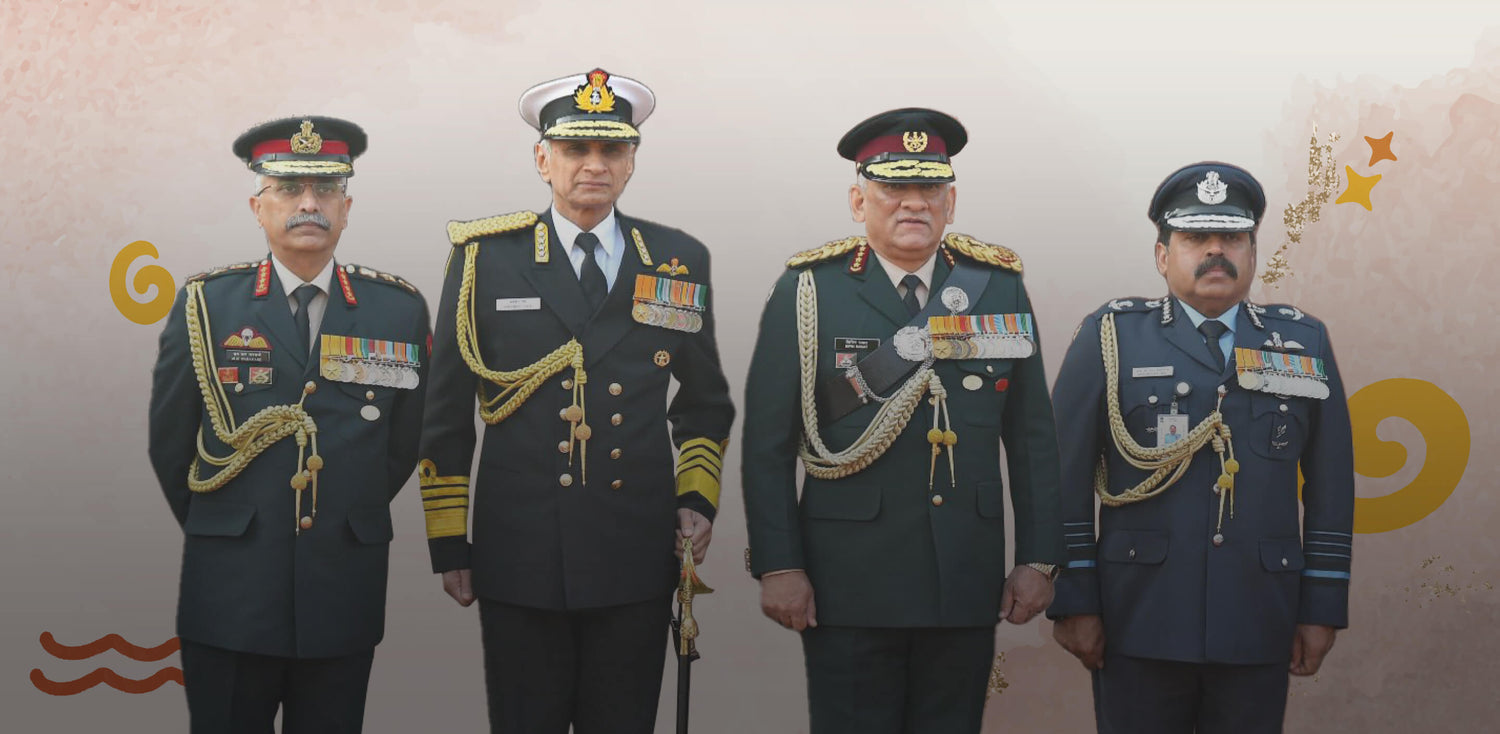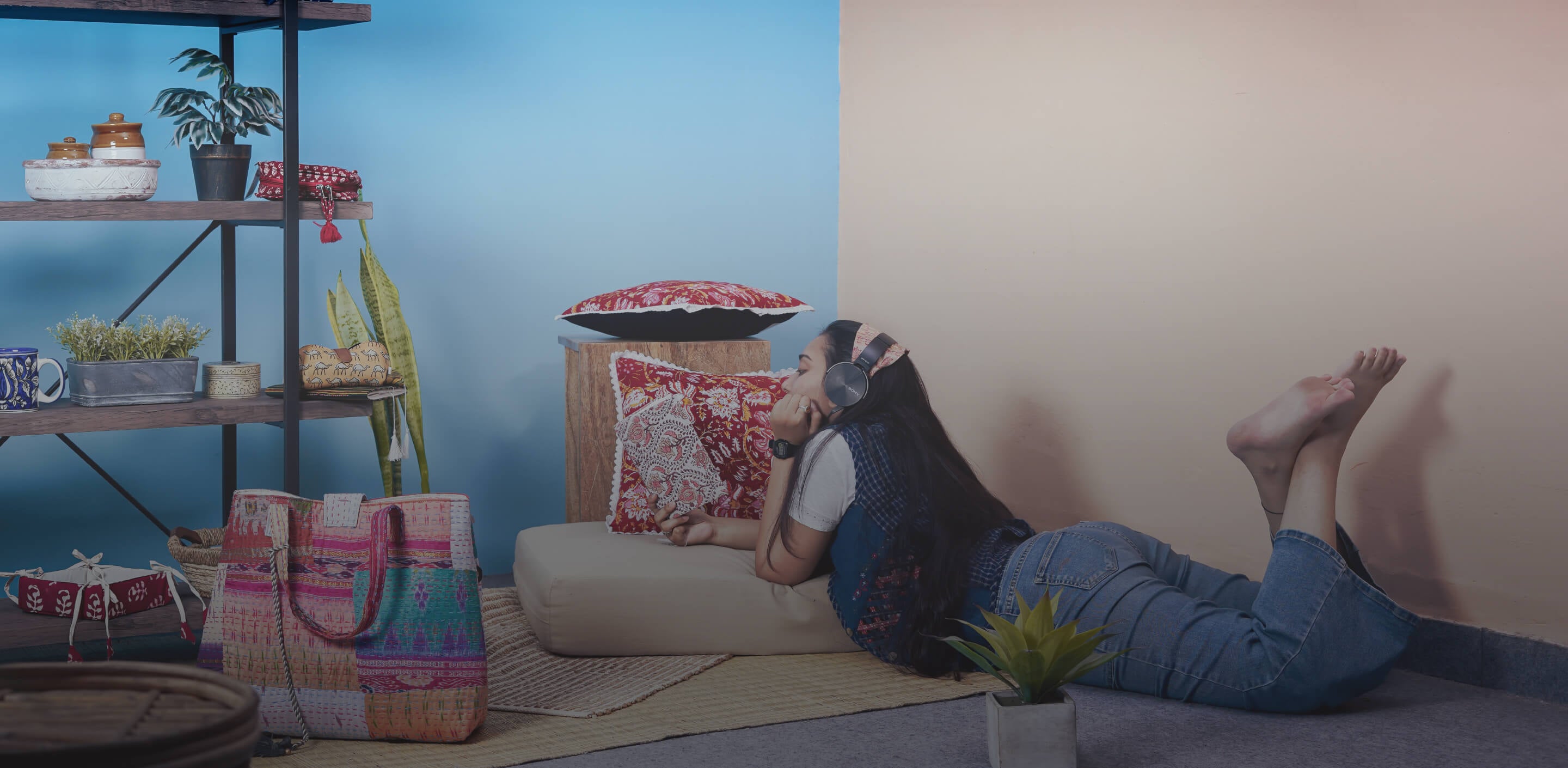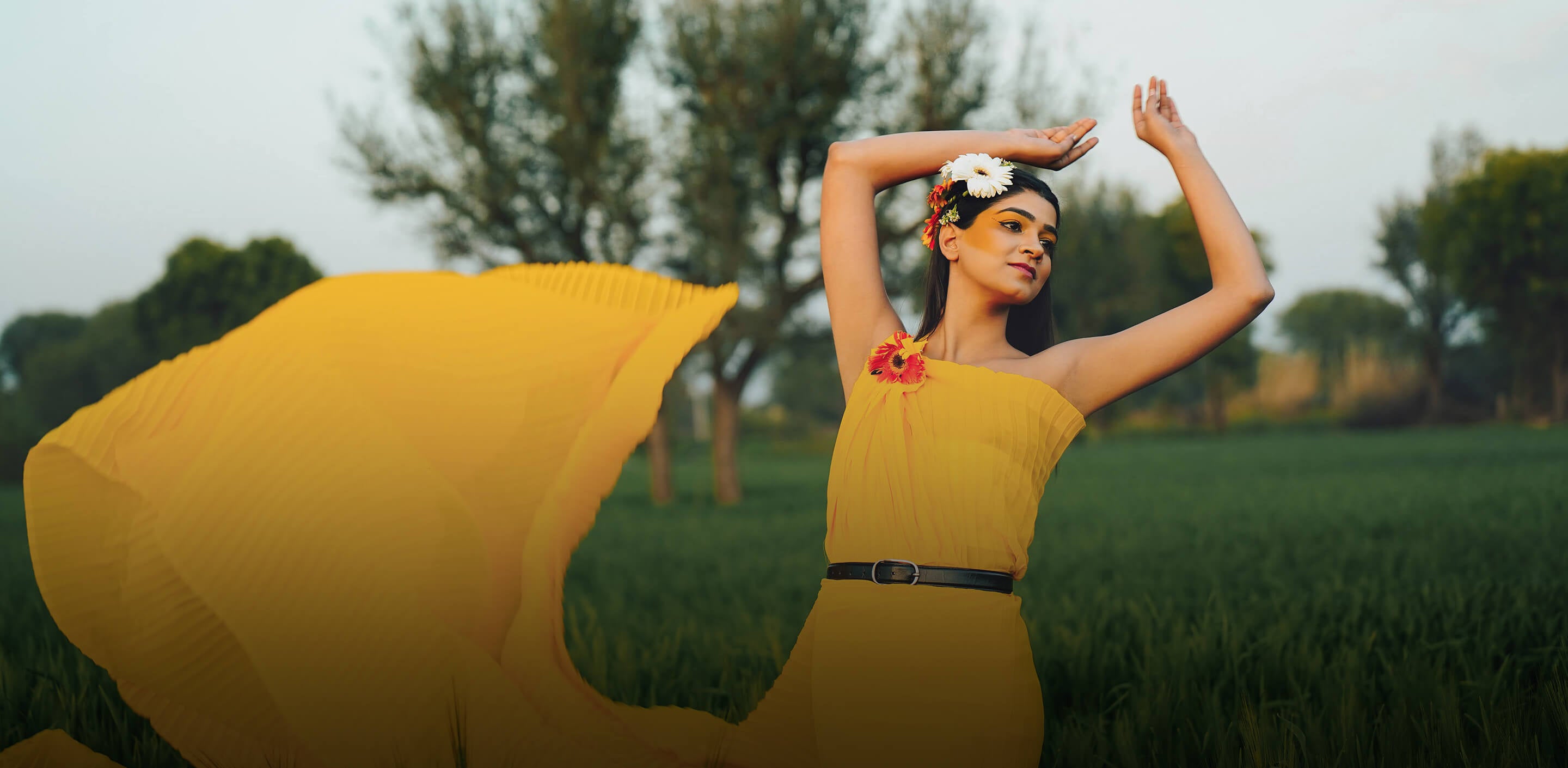The soldiers of the Indian Army, known for their valor and bravery, uphold an entirely different standard of decency. Their disciplined way of life, self-confidence, style, and uniform all show that they have high standards of dignity.
The men's uniforms are an expression of their sense of flair as well as their sense of pride. Different Indian Army officials wear different uniforms based on their rank, what they do, and where they are.

This blog will detail the changes that have taken place to the fabrics for uniforms of the Indian Army since it was first introduced in 1895 as part of the British Indian Army and up to the current day.
So let’s get started!
East Indian Company

When the East India Company established its dominion in Bengal, it immediately started enlisting local Indians to serve in the ranks of its army. Their garb was reminiscent of the red tunics worn by English troops while they were in service to the Crown.
Even today, members of the Queen's Guard continue to wear the traditional red coat that was once the official uniform of the British Empire. It was chosen by the British Indian Army to serve as a representation of the Union Jack and to denote British rule.
In addition to this, some regiments established their own unique colors. In the British Indian Army, the colors yellow, green, gray, khaki, and blue were often seen on soldiers' uniforms.
Interesting, right?
Transition to Khaki

Because of their brightly colored clothing, the Indian troops who served under the East Indian Company were an easy target, which resulted in a significant number of casualties.
As a result of this, the British Indian Army made the decision to switch to khaki uniforms since they were appropriate for the environment of India and were more comfortable as a result of their reduced capacity to absorb heat.
During both World Wars, British Indian forces made considerable use of these outfits. They were worn by the troops. In addition to that, khaki shorts were issued to the British Indian soldiers.
Indian Army

The British Indian Army was renamed the Indian Army after India gained its independence in 1947. They adopted the olive-green combat fatigues. They did this to differentiate themselves from the Pakistani Army, which kept its khaki uniform and wears it even today for ceremonial events.
The Indian Army quickly became identified by its fatigues, which were olive green in color. Nonetheless, after a few years had passed, the Army realized that it needed a camouflage uniform. Because of this, the force adopted a uniform with a brushstroke camouflage pattern, while the olive-green fatigues continue to serve as the standard uniform for general duty.
In the early 1980s, the brushstroke design that is worn on the uniform was first introduced. It was the first time that the force had ever used a battle uniform that had a camouflage pattern. Because of the battle fatigues they wore, soldiers were able to better blend in with their surroundings and gain an advantage in combat operations.
PDM

The contemporary PC PDM camouflage pattern was used by the Indian army at the turn of the millennium. PDM is an abbreviation for "distributed pattern material."
Camouflage design was undergoing a period of rapid innovation across all contemporary forces around this time. It is the most recent iteration of the Indian Army's battle uniform. The design of the PC PDM is heavily influenced by the Woodland pattern of the French DPM.
The PC PDM pattern is ideal for the majority of the circumstances in India, including the vast forests in the northeast and the lush foliage on the LOC. However, this is not appropriate for terrains such as Rajasthan, which includes desert camouflage patterns that are more effective than other types.
Digital Camouflage

On Army Day in 2022, the digital camouflage uniform was shown to the public for the first time. The National Institute of Fashion Technology participated in the creation of the design. This is the other significant alteration that has been made to the outfit.
The new material's fabric makes it lighter, sturdier, more breathable, and more appropriate for the many terrains that troops are deployed in. These benefits are all due to the new material's increased suitability.
The ratio of cotton to polyester is 70:30, which results in a lightweight fabric that dries more quickly, is more comfortable to wear in humid and hot circumstances, and is more breathable. Amazing!
This was the blog on the evolution of Military uniforms in India. From adopting British uniforms to digitally designed with cotton blended fabric our Military has tried different kinds of uniforms and wearing them with confidence to safeguard the borders of our nation.
We also happen to be a magnet for suggestions, and would love to catch yours….throw us yours on hello@fabriclore.com




